The National Conservatory of Music, 70 years later, continues its monumental work
 | The National Conservatory of Music, 70 years later, continues its monumental work Located in the heart of the city, in what once was a zoo and amusement park, it is now the most important music teaching center in the Dominican Republic, where 350 young people prepare themselves to become musicians. If you walked through the halls of the Conservatory, you would observe children and young people sitting in chairs and on the floor, practicing their instruments, reviewing their musical scores and sharing in an atmosphere of joy and peace. Those who are now the big names in music have attended this school. Alumni of the caliber of Juan Luis Guerra, Ramón Orlando, Michael Camilo José Antonio Molina and Dante Cucurullo, at some point satat the National Conservatory of Music (CNM for its acronym in Spanish). Last August, as it has been the tradition for 70 years, the CNM opened its doors to the new generations who aspire to follow in the footsteps of the aforementioned giants. Theeducation is conducted by a group of important teachers, who, through an intense program of curricular and extracurricularactivities, promote this important cultural expression. Music, in biological terms, helps stimulate the release of dopamine in the brain, just as it happens when one eats a delicacy or smells a nice aroma. “As Aldous Huxley said in his famous quote: ’Music expresses the inexpressible’, it becomes the people’s means of expression as a symbol of freedom, as it is present in every instantin the life of human beings and in their everyday expressions. Therefore music is inherent to the development of every nation,”saidMaría Irene Blanco, Director of the CNM, who sees music as a national requisite. If you walked through the halls of the Conservatory, you would observe children and young people sitting in chairs and on the floor, practicing their instruments, reviewing their musical scores and sharing in an atmosphere of joy and peace. According to a report from the Ministry of Culture’s Communications Department, the CNM currently hosts 350 students, who hope to turn their passion into a profitable lifestyle. Unfortunately, because there are not enough teachers for the existing number of students and because classes for each type of instrument are taught individually, there is a list of 60 young people waiting to gain entrance to the CNM. The new Minister of Culture, José Antonio Rodríguez, has promised to expand the coverage of this and other centers,so that they can accommodate a greater number of students in the coming years. Blanco expects parents to value the importance of music in their children’s education, since “every child should have access to the study of music as part of their integral education. It is known that music affects the psychomotor development in children, and provides them with the tools that will help them throughout their adult lives. It will always be beneficial for children to study music, and parents should not grieve for what they could consider as lost years if their child decides not to continue his/her musical studies, as these years of contact with music will have already ingrainedin the children their capacity of expression, developed their personalities, instilled discipline, developed theirsense of hearing and their appreciation for the world that surrounds them.” The most requested courses are: guitar, singing, drums, saxophone, clarinet, violin, flute and piano. These are taught by a group of well-prepared professionals in these areas, who are dividedamong the departments of Popular Music and Classical Music. “Annually,many CNM students receive numerous scholarships from foreign universities because of the level of preparation they have received, and, so far, none hashad any problems entering any foreign music center. This is an example of the quality of teaching at CNM,” Blanco stated proudly. Another thing that fills her with happiness is “to see how many young people are interested in studying music as a career, and to observe the eagerness in their faces offulfilling their dream of studying music at the Conservatory. Yet, I am saddened and filled with concern at the number of candidates that are left out for not having enough human resources to be able to cater to everyone.”Currently the Conservatory is in urgent needed of 2 bassoons, 4 horns, a harp, a baritone saxophone and a tuba in C, in order to fulfillthe dreams of its students. Each year the application for admission test takes place August 1 – 15. Children between the ages of 12 and 18 may enter the Conservatory. Education is free, but each student must bring his/her own instrument, except the low-income students who are allocated an instrument.The hours of operation are Monday through Friday, from 9:00 am to 1:00 pm and from 2:00 pm to 8:00 pm. The phone number is: 809-689-4642.
| |

Related News
-
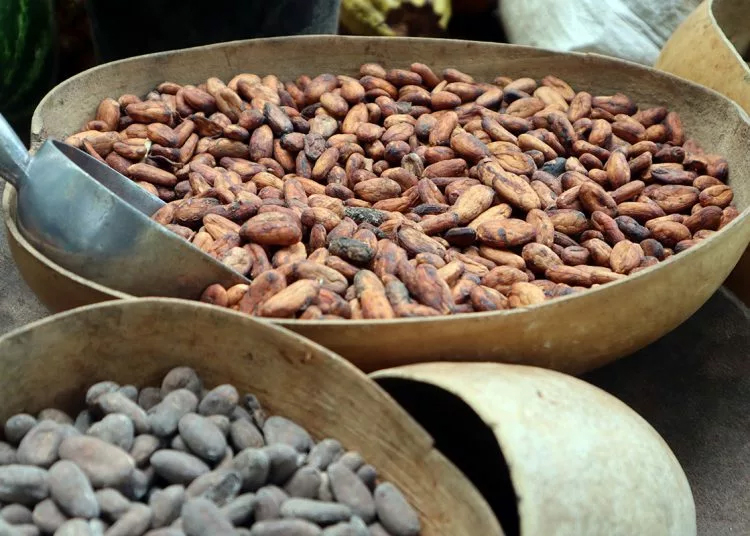
(Versión en español) El agroturismo diversifica la oferta turística dominicana
-
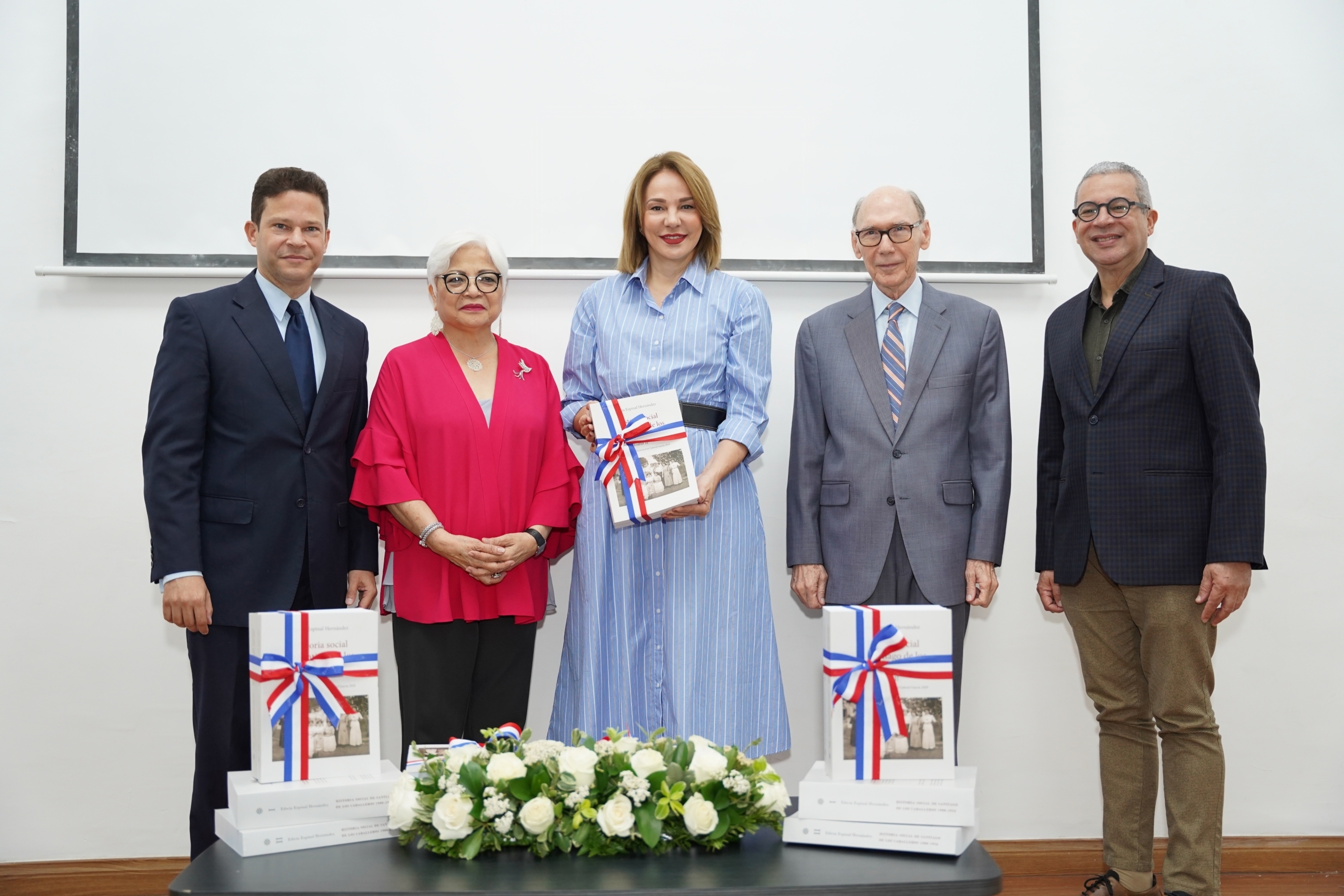
(Versión en español) Cultura pone en circulación obra ganadora del Premio Anual de Historia 2020
-
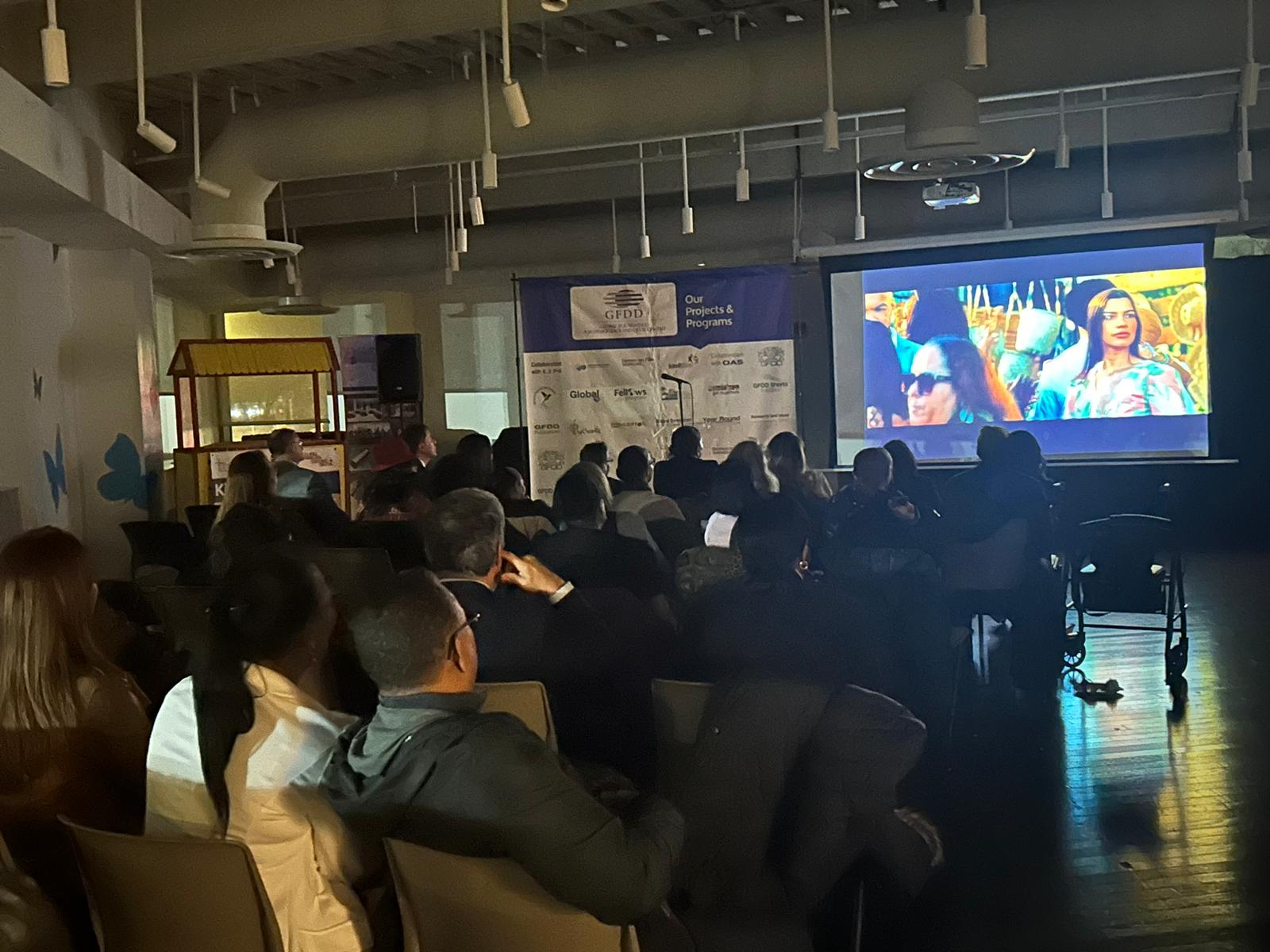
The Dominican Film Showcase Celebrates the Presentation of "Colao 2"
-
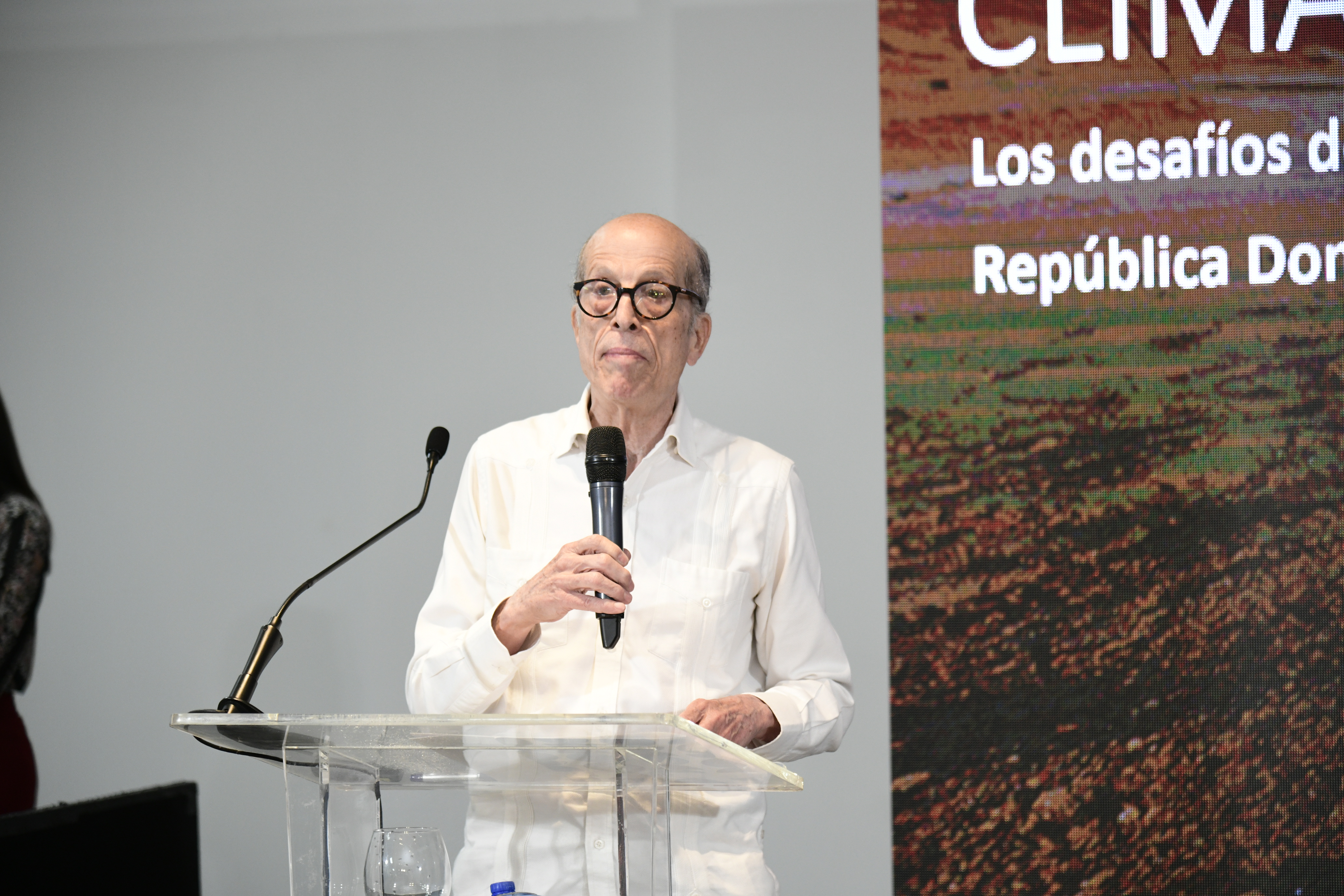
(Versión en español) Inauguración de la XII Feria Semana de la Geografía 2024
-
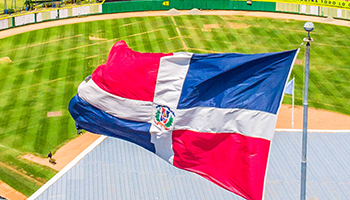
Dominicanos en Grandes Ligas
Las ultimas noticias/novedades de lo que acontece con los Dominicanos en las Grandes Ligas durante toda la temporada 2019.




